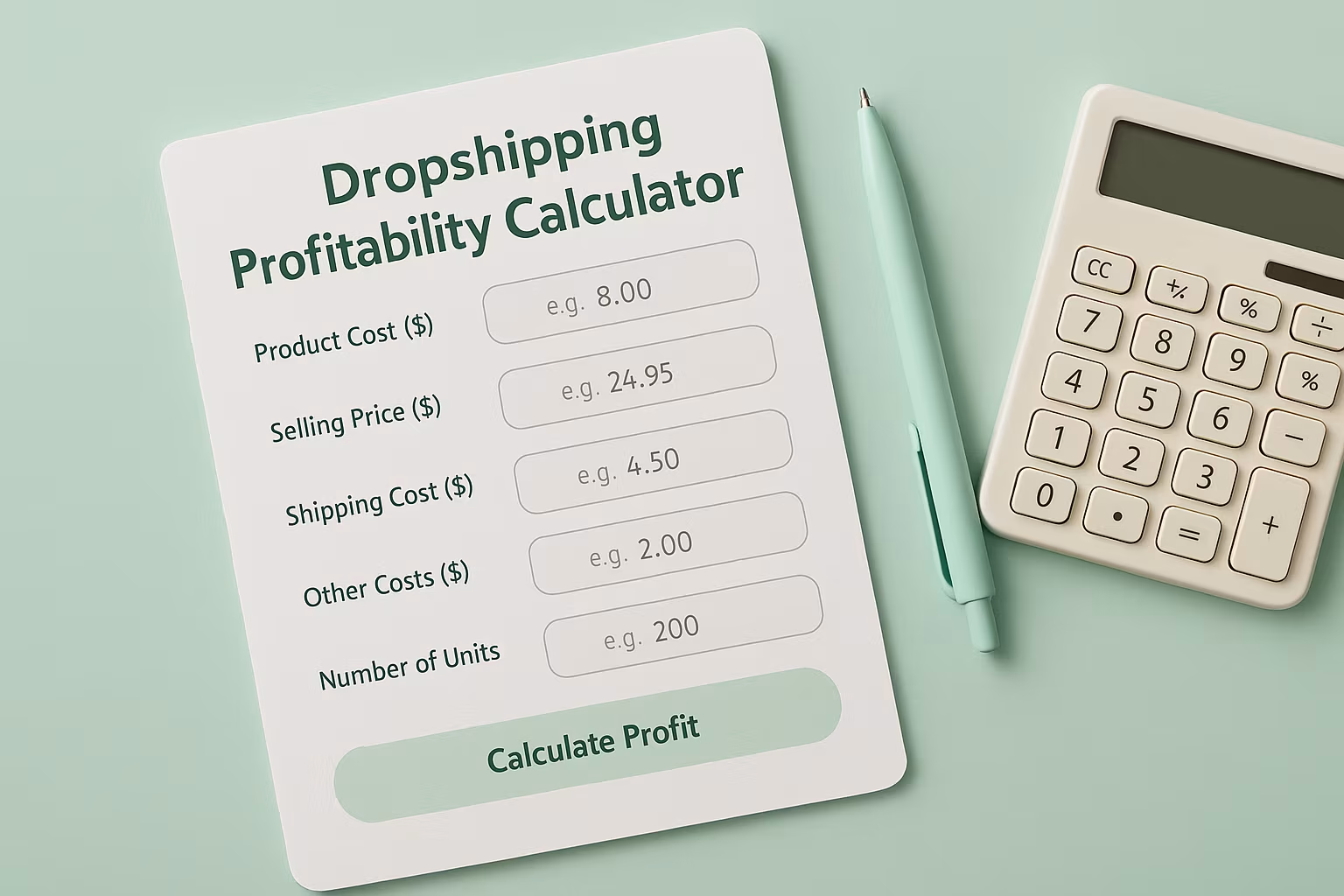How Optimized Fulfillment Drives More Repeat Purchases? Fulfillment Factors

In the competitive world of e-commerce, acquiring new customers is just the beginning. The real challenge lies in turning first-time buyers into loyal, repeat customers.
Repeat customers generate over 40% of a store’s revenue, despite making up just 8% of total visitors. One key driver of this loyalty is optimized fulfillment.
How your products are packed, shipped, and delivered creates lasting impressions. Efficient, customer-centric fulfillment doesn’t just move goods; it builds trust. It’s how optimized fulfillment drives more repeat purchases over time. Smart logistics leads to stronger retention and higher profits.
Key Fulfillment Factors That Drive Repeat Purchases
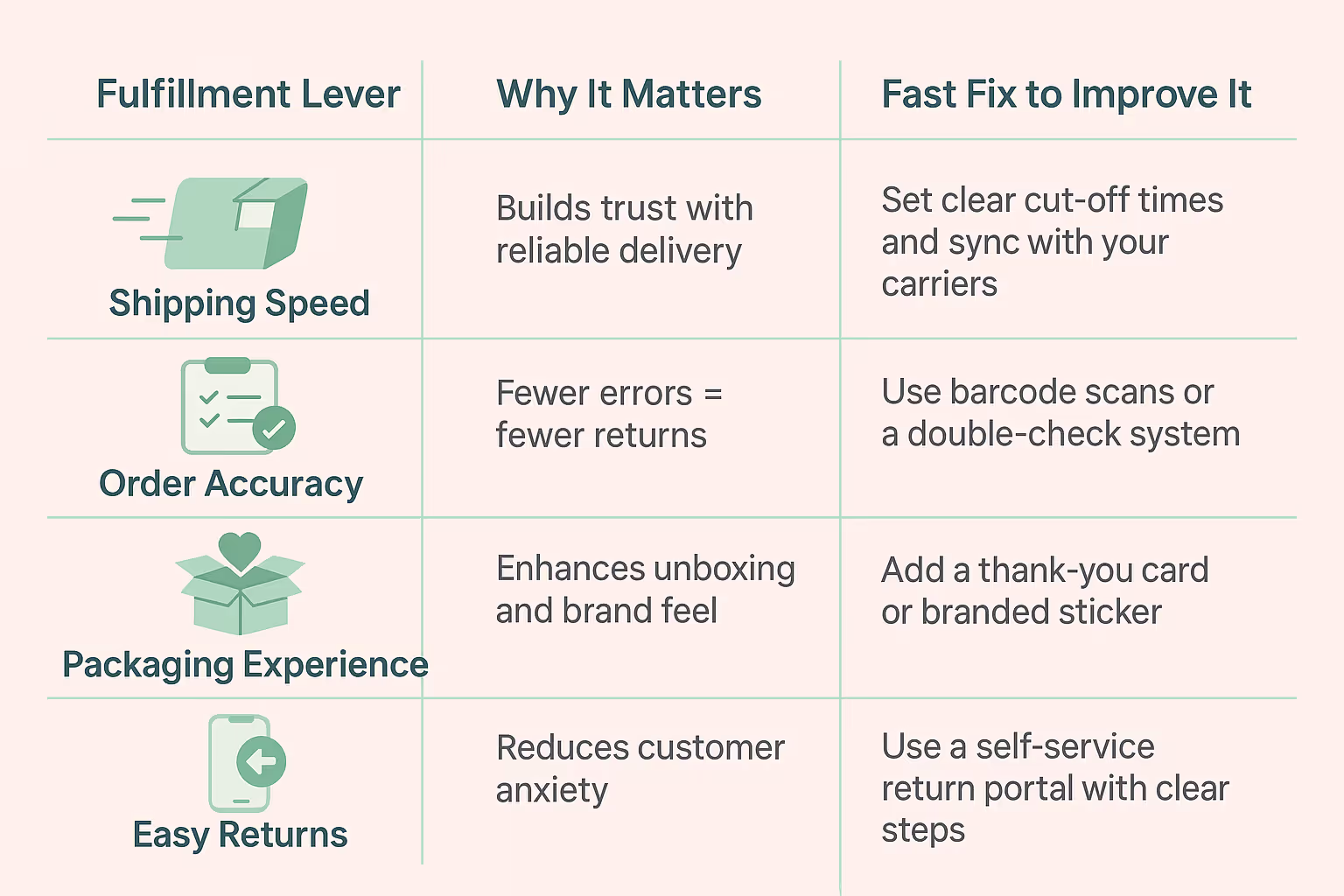
Understanding which aspects of the fulfillment process most significantly impact customer satisfaction can help prioritize improvement efforts.
Here are the most influential factors:
Shipping Speed and Reliability
Modern consumers have increasingly high expectations for delivery timeframes. While not everyone needs or expects same-day delivery, consistency and transparency around shipping times dramatically impact satisfaction levels.
- Order Processing Time: The gap between when an order is placed and when it ships matters. Automating order fulfillment on Shopify and other platforms can significantly reduce this time window and improve customer satisfaction.
- Carrier Performance: Choose shipping partners with proven track records for on-time delivery and careful handling. Regular performance reviews of carriers help identify issues before they affect customer experience.
- Delivery Time Windows: Providing narrow delivery windows shows respect for customers' time and adds a level of service that encourages repeat business.
Order Accuracy and Quality Control
Nothing frustrates customers more than receiving incorrect or damaged items. Rigorous quality control processes are essential for preventing these costly mistakes.
- Inventory Management: Implement systems that provide real-time visibility into stock levels to prevent backorders and shipping delays.
- Picking Accuracy: Use technology like barcode scanning or pick-to-light systems to ensure the right products are selected.
- Multiple Verification Steps: Build redundancies into your quality control process to catch errors before packages leave your facility.
Packaging Experience
The unboxing moment represents a significant opportunity to create a memorable
brand experience that drives customer loyalty.
- Branded Packaging: Custom packaging doesn't need to be expensive, but it should reflect your brand values and aesthetic.
- Protection and Presentation: Products should arrive in perfect condition, securely packed while maintaining an appealing presentation.
- Sustainability Considerations: Eco-friendly packaging resonates with increasingly environmentally conscious consumers and can become a differentiating factor for your brand.
Post-Purchase Communication
Communication doesn't end when the order ships. Keeping customers informed throughout the delivery process builds confidence and reduces anxiety.
- Automated Notifications: Send proactive updates at key milestones (order received, processing, shipped, out for delivery).
- Tracking Information: Provide clear, easily accessible tracking information that works reliably.
- Delivery Confirmation: Follow up after delivery to ensure satisfaction and address any potential issues quickly.
A poor delivery experience doesn’t just disappoint—it often ends the relationship. That’s why dialing in your fulfillment process is one of the fastest ways to build long-term loyalty.
Implementing a Retention-Focused Fulfillment Strategy

Creating a fulfillment operation that drives repeat purchases requires a strategic approach that balances efficiency, customer experience, and operational costs.
Audit Your Current Fulfillment Process
Before making changes, thoroughly evaluate your existing fulfillment operation to identify both strengths and improvement opportunities.
- Map the Customer Journey: Trace every step from order placement to delivery from the customer's perspective.
- Gather Data: Collect metrics on processing times, shipping duration, error rates, and customer feedback.
- Identify Bottlenecks: Determine which stages in your fulfillment process cause the most delays or errors.
Set Clear Performance Standards
Establishing specific, measurable goals provides direction for improvement efforts and helps track progress.
- Define KPIs: Key metrics should include order accuracy rate, average processing time, on-time delivery percentage, and return rate.
- Benchmark Against Competitors: Understand industry standards and set targets that will give you a competitive advantage.
- Create Accountability: Assign responsibility for meeting these standards to specific team members or departments.
Leverage Technology and Automation
Modern fulfillment technology can dramatically improve both efficiency and accuracy while reducing costs.
- Order Management Systems: Implement software that centralizes orders from all sales channels and automates routing and processing.
- Inventory Management Tools: Use systems that provide real-time visibility and automated reordering to prevent stockouts.
- Automation Opportunities: Identify repetitive tasks that can be automated, from order fulfillment automation to shipping label generation.
Choose the Right Fulfillment Partner
For many businesses, partnering with a specialized fulfillment provider offers advantages in terms of expertise, technology, and scalability.
- Evaluation Criteria: Consider factors like location, technology capabilities, experience with your product category, and cultural fit.
- Service Level Agreements: Establish clear performance expectations with specific metrics and consequences.
- Scalability Planning: Ensure your partner can accommodate growth and seasonal fluctuations without service degradation.
The fulfillment solution you choose should align with your brand values and customer expectations while offering the operational capabilities needed to deliver consistently excellent experiences.
Advanced Fulfillment Strategies for Maximizing Repeat Purchases
Once basic fulfillment operations are optimized, these advanced strategies can further enhance customer loyalty and drive repeat business.
Personalization at Scale
Adding personalized touches to orders creates emotional connections that encourage repeat purchases.
- Custom Packaging Inserts: Include personalized thank-you notes or product recommendations based on purchase history.
- Milestone Recognition: Acknowledge and celebrate customer anniversaries or purchase milestones with special packaging or gifts.
- Preference-Based Handling: Record and honor customer preferences for packaging, delivery timing, or communication style.
- Strategic Inventory Placement: Positioning inventory strategically can dramatically reduce delivery times and shipping costs.
- Distributed Fulfillment Network: For businesses with nationwide or global customers, multiple fulfillment locations can reduce transit times.
- Data-Driven Placement: Analyze order patterns to determine optimal inventory distribution across locations.
- Cross-Border Considerations: For international sellers, local fulfillment solutions can reduce customs delays and improve customer experience.
Proactive Problem Resolution
Even with optimized operations, issues will occasionally arise. How these situations are handled often determines whether customers return.
- Early Issue Detection: Implement systems to identify potential problems before they reach customers.
- Empowered Representatives: Give customer service teams the authority to resolve issues quickly without multiple approvals.
- Follow-Up Protocols: After resolving problems, check back with customers to ensure satisfaction and rebuild trust.
Sustainable Fulfillment Practices
Increasingly, consumers consider environmental impact when making purchasing decisions.
- Packaging Reduction: Minimize packaging materials without compromising product protection.
- Carbon-Neutral Shipping: Offset the environmental impact of shipping through verified carbon offset programs.
- Transparent Practices: Communicate your sustainability efforts to customers who value environmental responsibility.

Measuring the Impact of Fulfillment on Customer Retention
To truly understand how fulfillment improvements affect repeat purchases, establish systems for tracking and analyzing relevant metrics.
Key Retention Metrics to Monitor
- Repeat Purchase Rate: The percentage of customers who make additional purchases after their first order.
- Time Between Orders: The average interval between purchases from repeat customers.
- Customer Lifetime Value (CLV): The total revenue generated by the average customer throughout their relationship with your business.
- Net Promoter Score (NPS): A measure of how likely customers are to recommend your business to others.
Connecting Fulfillment Performance to Customer Behavior
- Cohort Analysis: Compare retention rates among customers who experienced different fulfillment scenarios.
- Satisfaction Surveys: Gather direct feedback about the fulfillment experience and its impact on purchase decisions.
- Return Rate Correlation: Analyze the relationship between fulfillment quality and product return rates.
For a dropshipping business looking to implement effective retention strategies, fulfillment optimization offers one of the highest returns on investment.
Integrating Fulfillment into Your Overall Retention Strategy
While optimized fulfillment significantly impacts customer retention, it works best as part of a comprehensive approach to encouraging repeat purchases.
Complementary Retention Tactics
- Loyalty Programs: Structured rewards programs that incentivize repeated purchases.
- Post-Purchase Email Sequences: Targeted communications that provide value and encourage additional purchases.
- Customer Education: Resources that help customers get maximum value from their purchases.
Cross-Functional Collaboration
- Marketing and Fulfillment Alignment: Ensure promotions and fulfillment capacity are coordinated to maintain service quality during high-volume periods.
- Product Development Feedback Loop: Use fulfillment data to inform product improvements or new product development.
- Customer Service Integration: Create seamless information flow between fulfillment and customer service teams to resolve issues efficiently.
The Future of Fulfillment and Customer Retention
As technology and consumer expectations evolve, staying ahead of fulfillment trends becomes increasingly important for maintaining a competitive advantage.
Emerging Trends to Watch
- Same-Day Fulfillment: Meeting the growing consumer expectation for near-immediate gratification.
- AR/VR Delivery Experiences: Using technology to enhance the unboxing and product setup experience.
- Predictive Shipping: Using AI to predict and prepare orders before they're even placed.
- Platform-Specific Fulfillment: Specialized processes for different sales channels, such as TikTok Shop fulfillment.
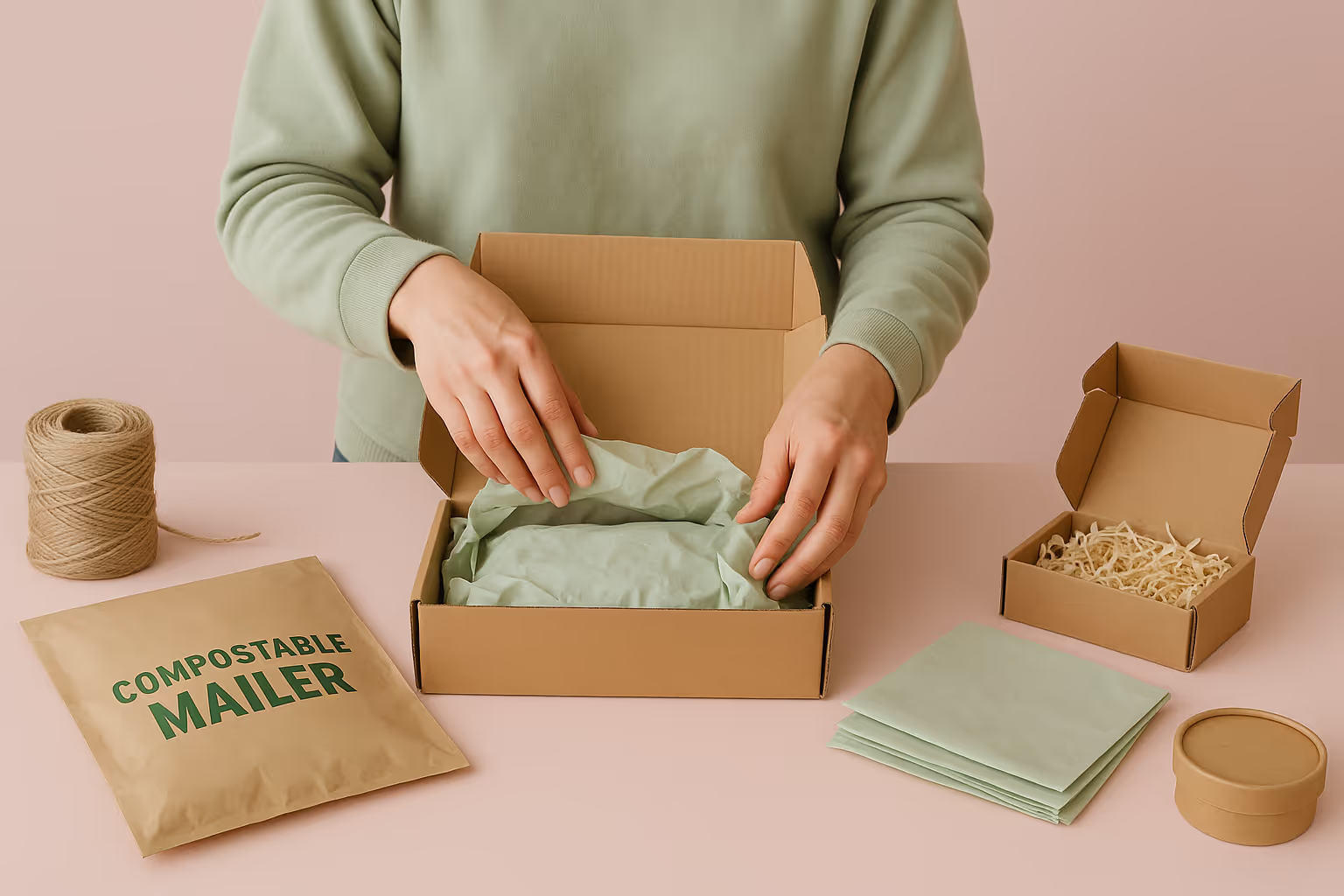
Expert Logistics Heatmaps: The Overlooked Tool for Smarter Fulfillment
Leading e-commerce brands are leveraging logistics heatmaps, visual tools that show where repeat customers are concentrated and how fulfillment performs by region. This lets you prioritize improvements in high-value areas for better results.
For instance, if a large share of repeat buyers is in one metro, placing popular SKUs in nearby warehouses can reduce shipping time and cost.
Combined with predictive analytics, this strategy helps you allocate inventory more intelligently, boosting both retention and profitability in ways most competitors overlook.
Transform Your Business Through Optimized Fulfillment
The connection between fulfillment quality and customer retention is undeniable. When treated as a strategic priority, not just a logistical task, fulfillment becomes a powerful tool for turning first-time buyers into loyal customers.
Start by viewing your fulfillment process from the customer’s perspective. Identify key areas for improvement, whether it’s speed, accuracy, communication, or partnering with fulfillment experts.
In e-commerce, delivery is one of the most tangible brand interactions. Make it count. Consistently delivering great experiences earns long-term loyalty.
FAQ
Related blogs
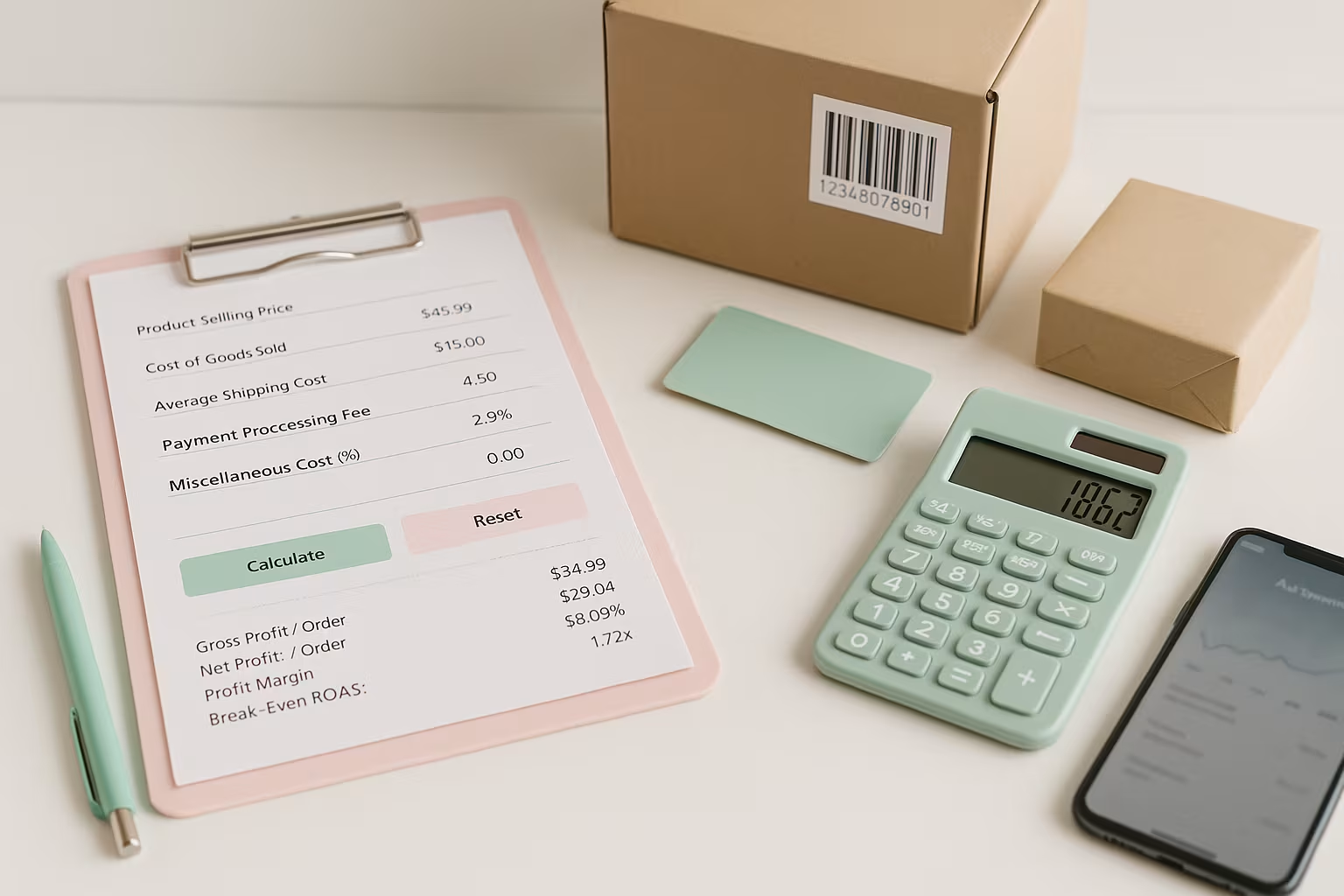
Break-Even ROAS Calculator: Find Out What You Can Afford to Spend on Ads
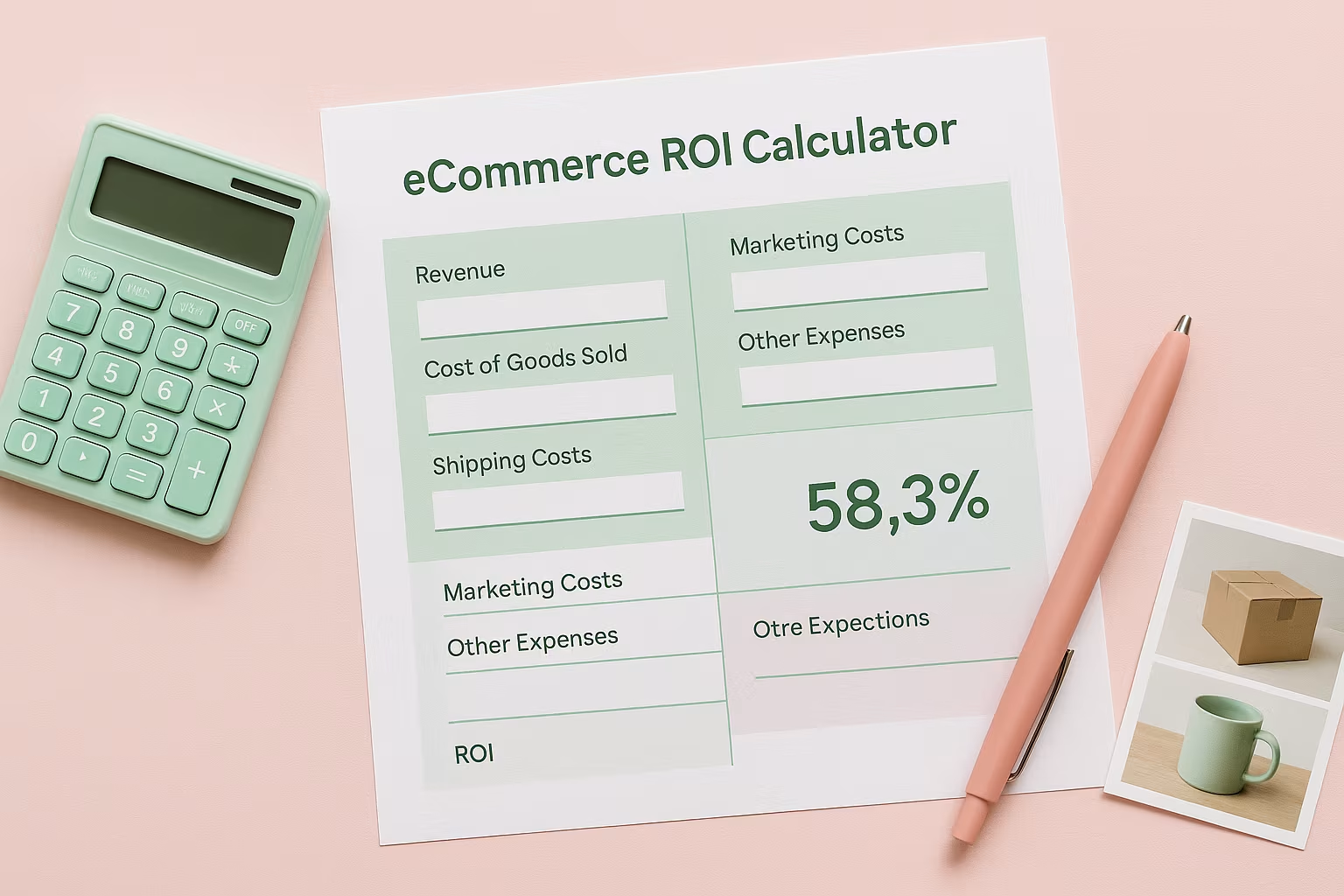
Ecommerce ROI Calculator: Scale Your Store
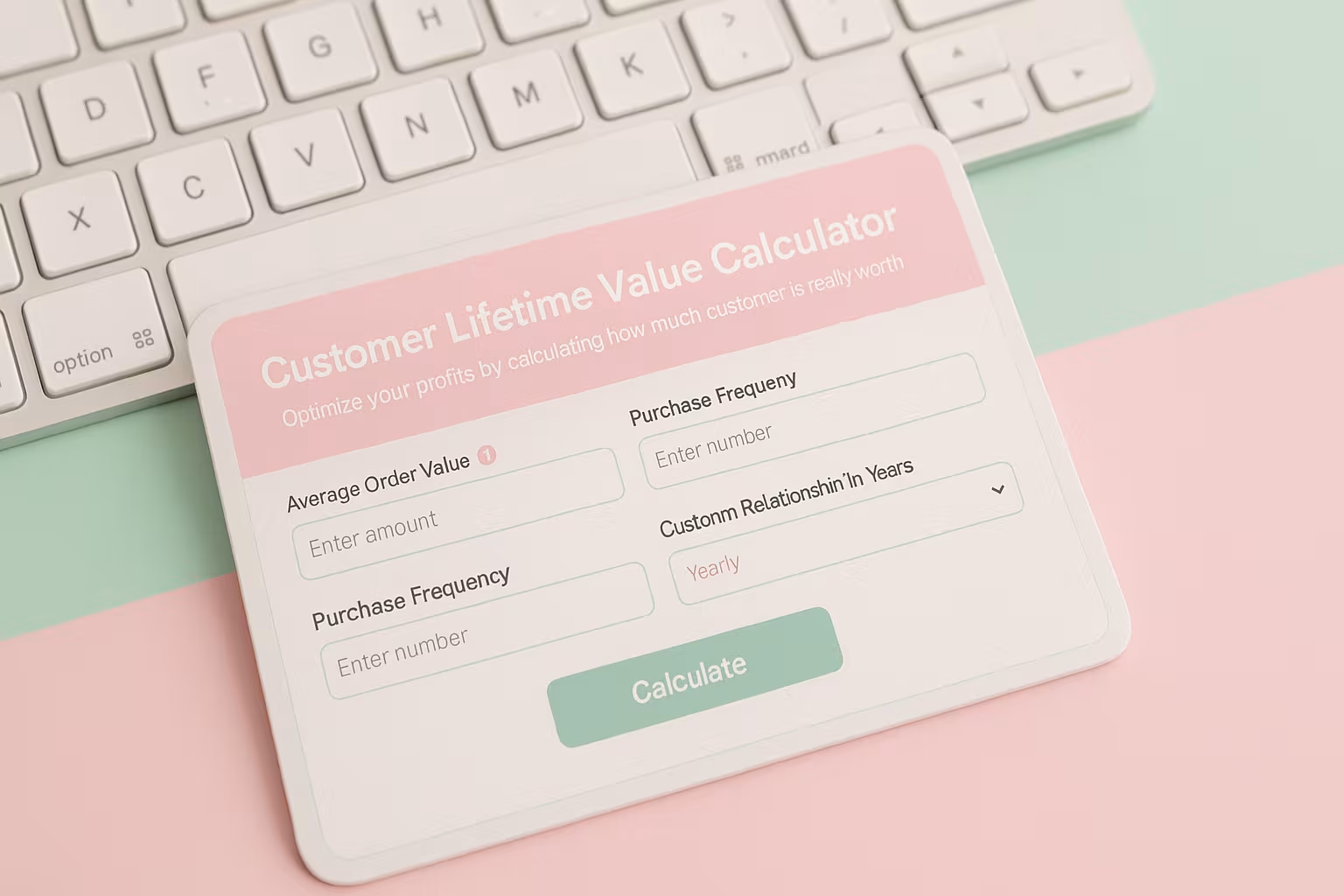
Customer Lifetime Value Calculator: Unlock Your E-commerce Revenue Potential
